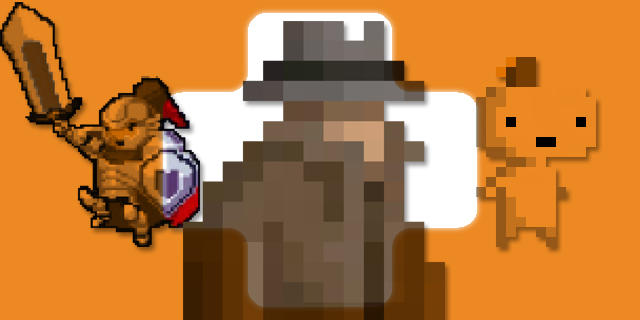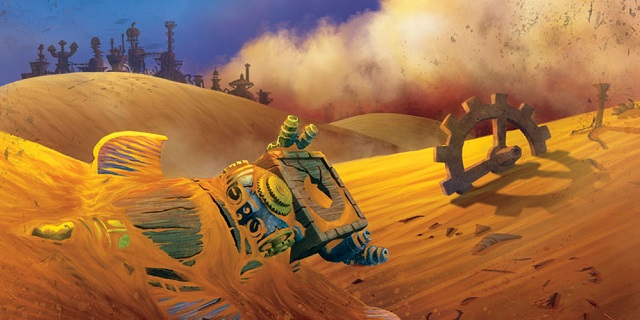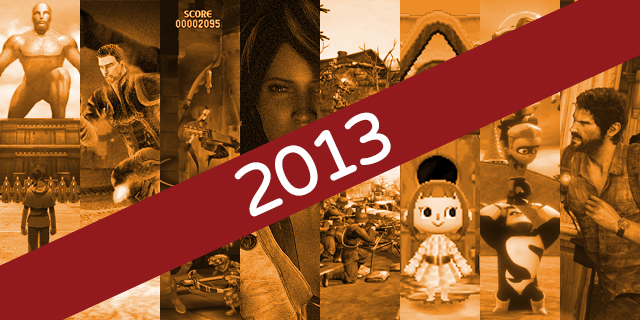
Games are a compilation of many different elements carefully pieced together to make a whole, cohesive experience. At least, that’s how it usually goes. Often times some parts will be stronger than others, which is when it becomes clear on which mechanics or design ideas the developer focused the most. Maybe the story fell by the wayside as a result, or the visuals leave something to be desired, but the gameplay itself is fun. Other times you’ll be left with a game with different pieces that work well on their own, but don’t gel together quite as well as one would hope.
There are those rare occasions, however, when one element both shines above the rest and manages to make the rest of the game seem that much more exciting and well-designed as a result. The other parts are serviceable, but they wouldn’t work without that singular piece of the puzzle that keeps it all from falling apart (or at least losing its luster). READ MORE

Matt Leacock has a knack for designing cooperative board games. The creator of both Pandemic and Forbidden Island is back with a spiritual sequel to the latter in Gamewright’s Forbidden Desert. The streamlined design and ease of access to Forbidden Desert might just make it his best yet. READ MORE

Genre 101 is a series that looks at the past and present of a game genre to find lessons about what defines it. In this installment, Eric Albuen explains the ins and outs of rhythm games.
Repeat after me
 Eric Albuen: While not necessarily a music game itself, Simon was one of the first games widely available to the public that introduced musical elements to assist in the gameplay. The player would have to play a sequence that the game provides for you. Along with the flashing lights to assist you, the game had subtle tones for each color. Whether players knew it or not, they were repeating back a set of notes in harmony no matter which order they played them in. READ MORE
Eric Albuen: While not necessarily a music game itself, Simon was one of the first games widely available to the public that introduced musical elements to assist in the gameplay. The player would have to play a sequence that the game provides for you. Along with the flashing lights to assist you, the game had subtle tones for each color. Whether players knew it or not, they were repeating back a set of notes in harmony no matter which order they played them in. READ MORE

The Xbox’s local multiplayer lineup was anchored by Halo, which took much of the spotlight and generally crowded out most other contenders. That said, it had the horsepower advantage over its peers and a very PC-like architecture, so it thrived by hosting the best version of most of the era’s multiplatform games. READ MORE

While the industry divides the year into quarters, we realize that there are really three parts to the year: the (at least usually) barren early months, the gimmicky, convention-filled summer and the action-packed holiday season. This time, we look at May through August. (Check out part one here.) READ MORE






 Eric Albuen: While not necessarily a music game itself, Simon was one of the first games widely available to the public that introduced musical elements to assist in the gameplay. The player would have to play a sequence that the game provides for you. Along with the flashing lights to assist you, the game had subtle tones for each color. Whether players knew it or not, they were repeating back a set of notes in harmony no matter which order they played them in.
Eric Albuen: While not necessarily a music game itself, Simon was one of the first games widely available to the public that introduced musical elements to assist in the gameplay. The player would have to play a sequence that the game provides for you. Along with the flashing lights to assist you, the game had subtle tones for each color. Whether players knew it or not, they were repeating back a set of notes in harmony no matter which order they played them in. 

















